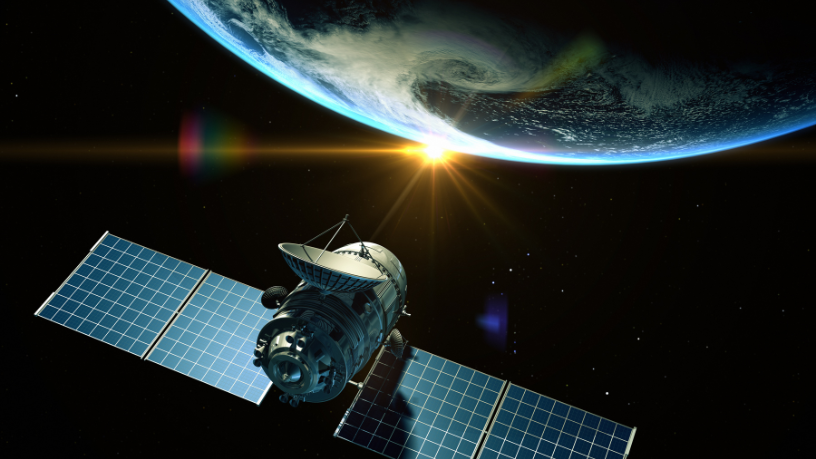Starlink, Elon Musk’s ambitious satellite internet project, continues to reshape the landscape of global connectivity by delivering unprecedented speed and coverage. As the constellation of satellites expands rapidly, Starlink’s service is breaking traditional barriers, providing reliable internet access to remote and underserved areas around the world. This innovation is challenging conventional internet providers and promising a new era in how people connect online.
The core of Starlink’s success lies in its vast network of low Earth orbit satellites that communicate with ground stations to deliver high-speed internet. Unlike traditional geostationary satellites positioned far from Earth, Starlink’s closer satellites reduce latency dramatically, resulting in faster and more stable connections. Users experience broadband-level speeds even in locations previously plagued by slow or no internet access.
Starlink’s speed improvements have garnered attention from both consumers and industry experts. In many regions, the service offers download speeds that rival or exceed those of fiber-optic connections. This leap in satellite internet performance opens up new possibilities for remote work, education, and telehealth services, especially in rural or isolated communities where laying physical cables is impractical.
Elon Musk’s vision for Starlink extends beyond mere speed. The project aims to democratize internet access globally, bridging the digital divide and empowering millions who have long been left behind. By deploying thousands of satellites, Starlink can cover vast geographic areas, including oceans, mountains, and deserts, where traditional internet infrastructure cannot reach.
The technical challenges of operating and maintaining such a large satellite constellation are immense. Starlink employs advanced technology to manage satellite positioning, minimize space debris, and optimize signal routing. Continuous upgrades and launches keep the network growing, ensuring that the service evolves alongside user demand and technological advancements.
Financially, Starlink represents a major investment but also a significant revenue opportunity for Musk’s SpaceX. Subscriptions have surged as consumers seek alternatives to cable and cellular providers, especially amid rising concerns about internet monopolies and service limitations. Starlink’s model of direct-to-consumer satellite internet is poised to disrupt longstanding industry dynamics.
Critics caution about the environmental impact of launching thousands of satellites and the potential for increased space congestion. However, SpaceX has committed to responsible satellite design and end-of-life deorbiting plans to mitigate these issues. The balance between technological innovation and environmental stewardship remains a critical aspect of Starlink’s ongoing development.
In conclusion, Starlink is at the forefront of transforming satellite internet, combining cutting-edge technology with a bold mission to connect the unconnected. Its rapid deployment and impressive speeds are setting new standards for what satellite broadband can achieve. As the network continues to expand, Starlink’s impact on global internet access and digital inclusion promises to be profound and lasting.
Author: Eura Tymal







